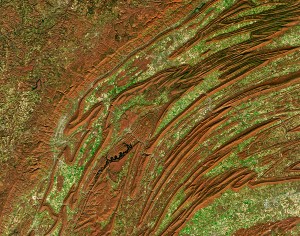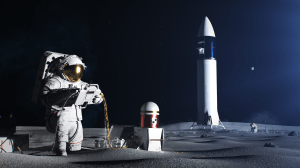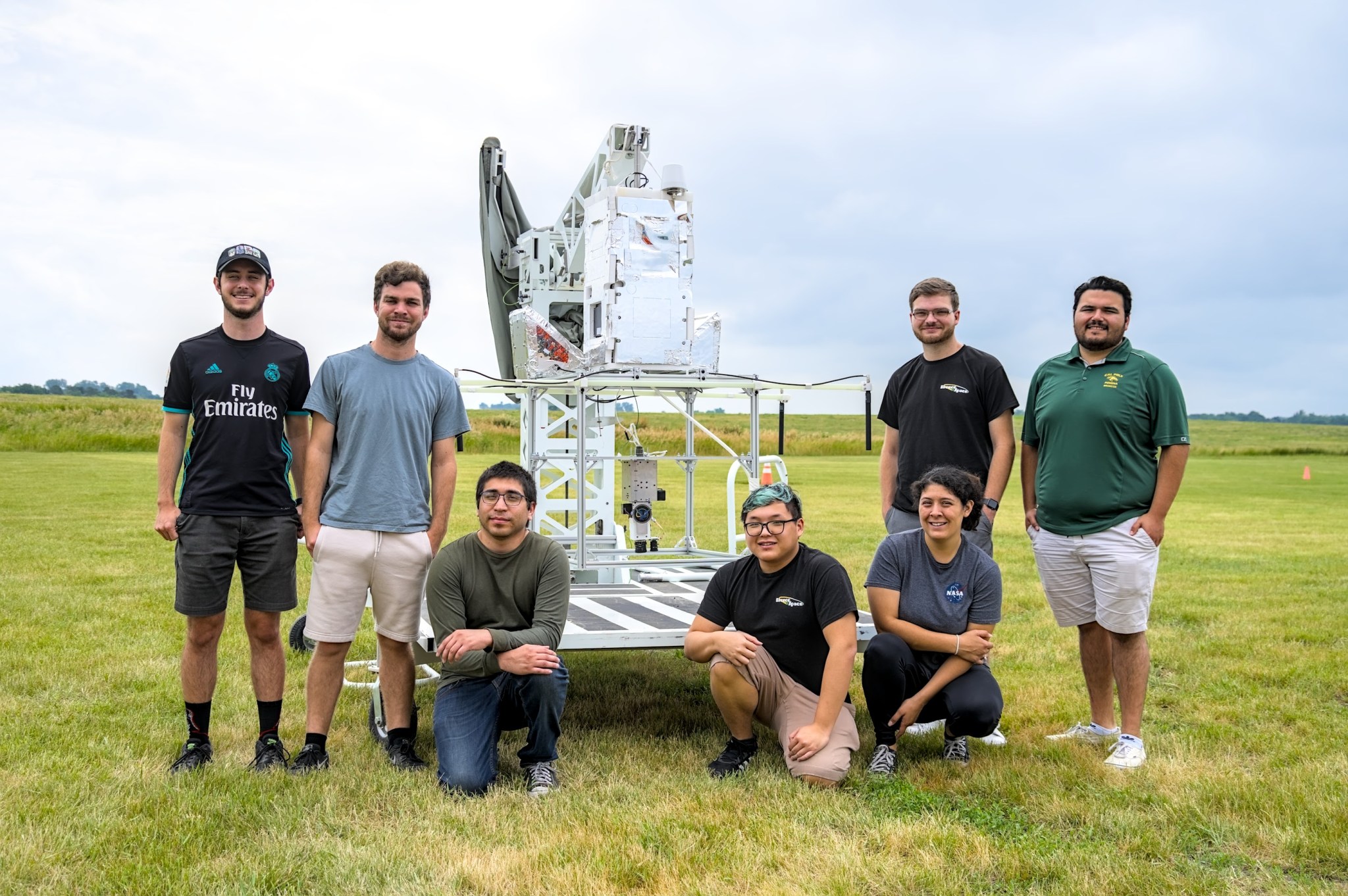
Winners of the first NASA TechLeap Prize launched their technologies this summer on high-altitude balloon flights to test them at stratospheric heights. The Autonomous Observation Challenge No. 1 asked winners to develop SmallSat observation technologies that can autonomously detect, locate, track, and collect data on transient events on Earth and beyond – such as dust plumes on the Moon or other planets or terrestrial phenomena on our home planet. The winning teams are now using balloon flights to gather valuable test data and experience with the full process of building a technology payload and bringing it from lab to flight test.
“When we launched the TechLeap Prize in 2021, we wanted to accelerate access to flight testing and expand the diversity of ideas and solutions brought to the NASA table,” said Danielle McCulloch, deputy program manager for the Flight Opportunities Program at NASA’s Armstrong Flight Research Center in Edwards, California, which manages the competition. “These organizations are building innovative payloads and literally getting them off the ground – in just one year.”
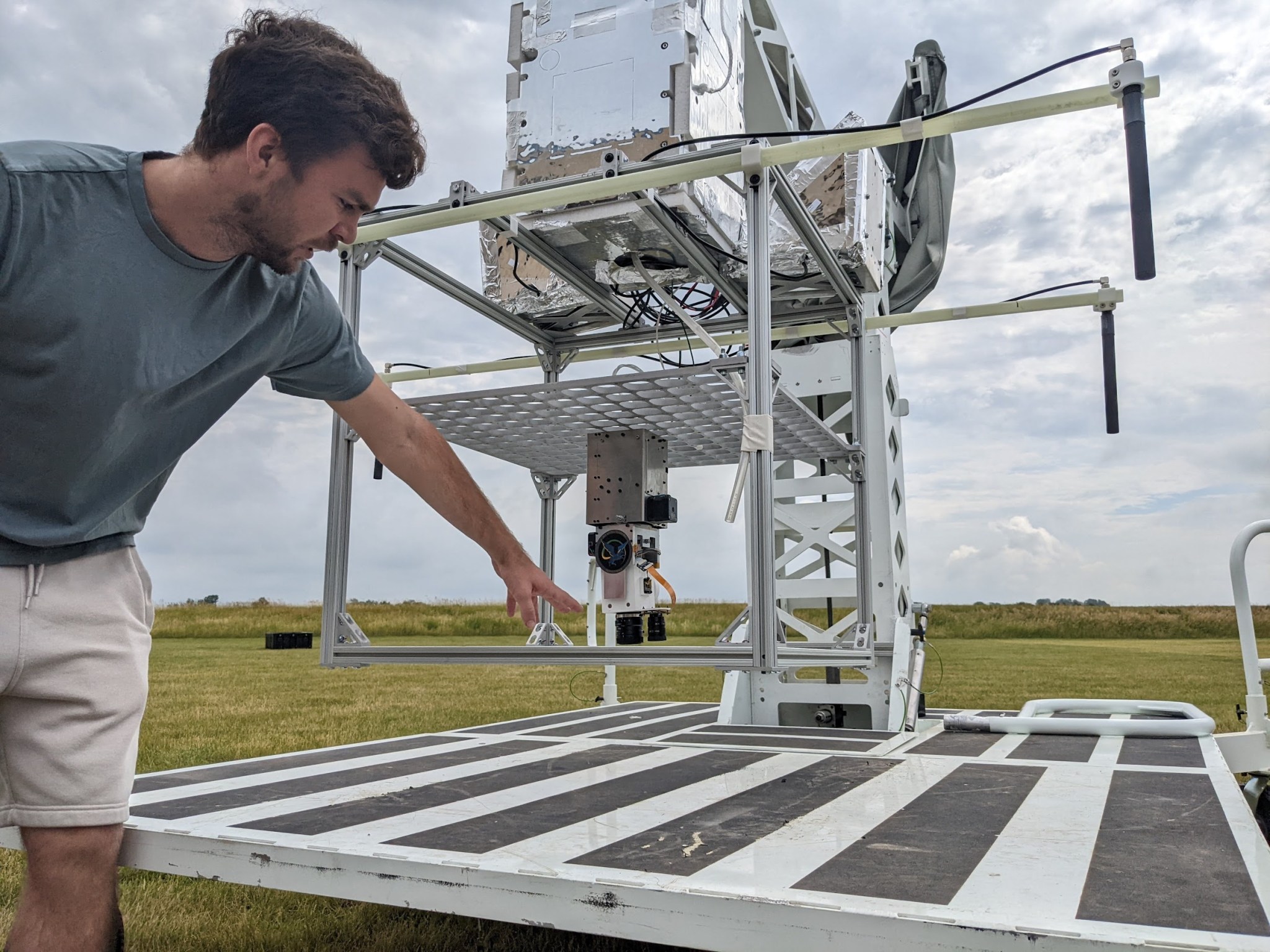
Advancing Wildfire Detection – and Student Futures
The first winning technology to launch was a wildfire detection system called Bronco Ember from Bronco Space Lab at Cal Poly Pomona. Both undergraduate and graduate members of the lab contributed to the design and test of Bronco Ember. The system combines a short-wave infrared camera with artificial intelligence to provide potentially faster, more accurate aerial detection of nascent wildfires, which often go undetected by current geolocation methods.
“We live in California, so it would be impossible to ignore the growing problem of wildfires in our state,” said Zachary Gaines, the team’s project manager. “Bronco Ember could hopefully serve a key role in lessening the impact of wildfires, saving lives and millions of dollars in damages.”
During the recent flight test, the Bronco Ember payload was positioned on a gondola below the balloon to detect small blazes on the ground, which the team lit under controlled and contained conditions to test the technology’s efficacy. While all components of the technology functioned successfully, the team found that improvements could be made to the technology’s detection and tracking consistency – refinements they plan for the next generation of Bronco Ember.
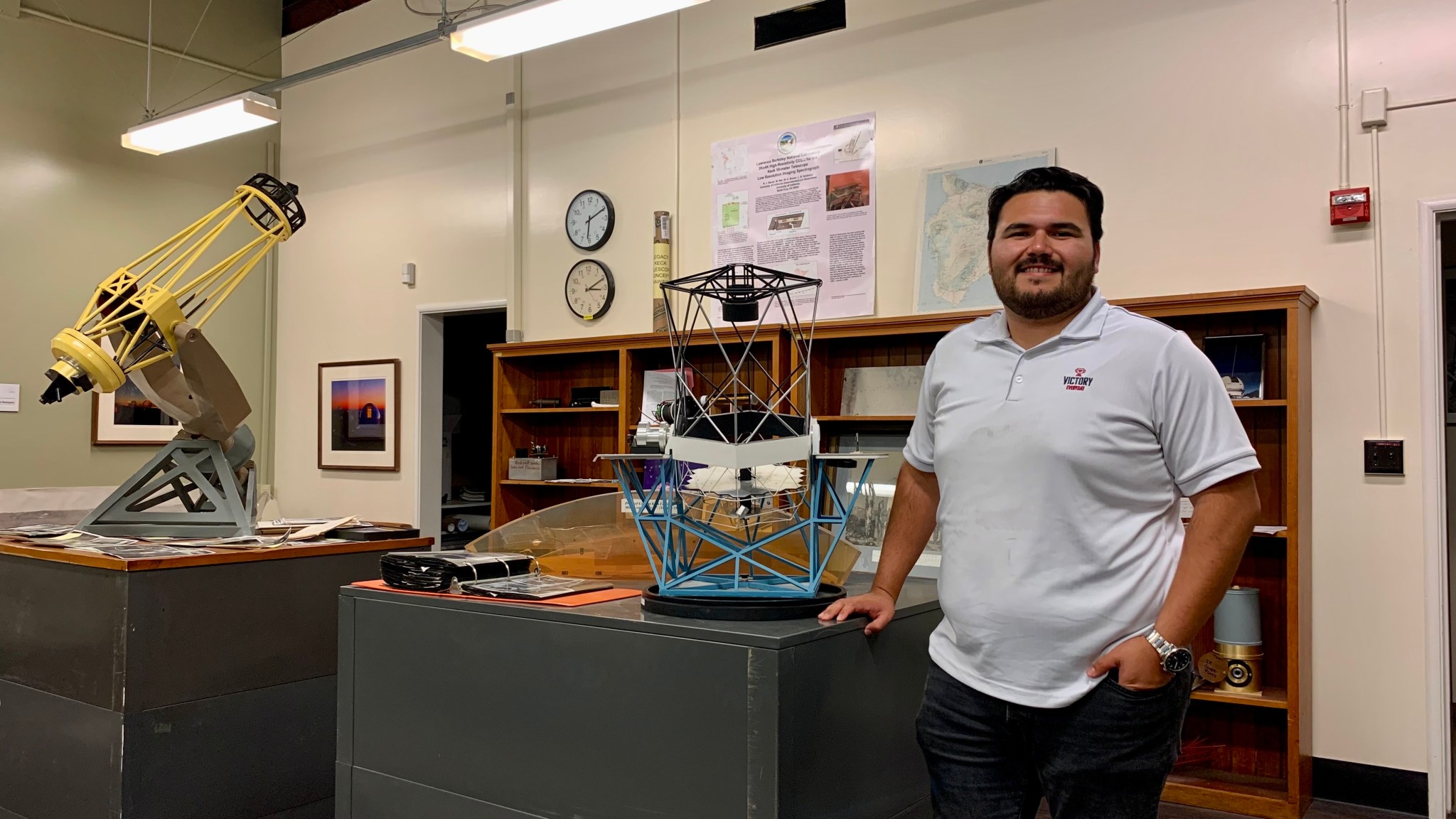
In addition to analyzing their data and hardware performance, the team is reflecting on the experience of their year-long TechLeap project.
“It’s been a great learning experience for us to be able to do this in such a short timeframe,” said Cristian Rodriguez, principal investigator for the project. “The skills we’ve developed – time management, working with technology vendors, NASA, and a flight provider – were incredibly valuable.”
Rodriguez leveraged his experience with the project to land a job as a research and development mechanical engineer at University of California Observatories in Santa Cruz, where he’s starting a career building instrumentation for research telescopes.
“I ended my Master’s degree with this project, and everything that I’ve learned in developing and flying Bronco Ember I’m now using in my job. I wouldn’t have gotten it without this experience,” said Rodriguez. “Meanwhile, others at Bronco Space Lab will pick this technology up and continue developing it. TechLeap has allowed us to engage in a meaningful way, bringing university innovation into the tech development space to contribute to our world.”
Note: This is the first installment in a three-part series highlighting this summer’s suborbital flight tests for NASA TechLeap Prize-winning projects supported by the Flight Opportunities program, part of NASA’s Space Technology Mission Directorate.
Nicole Quenelle
Armstrong Flight Research Center



























